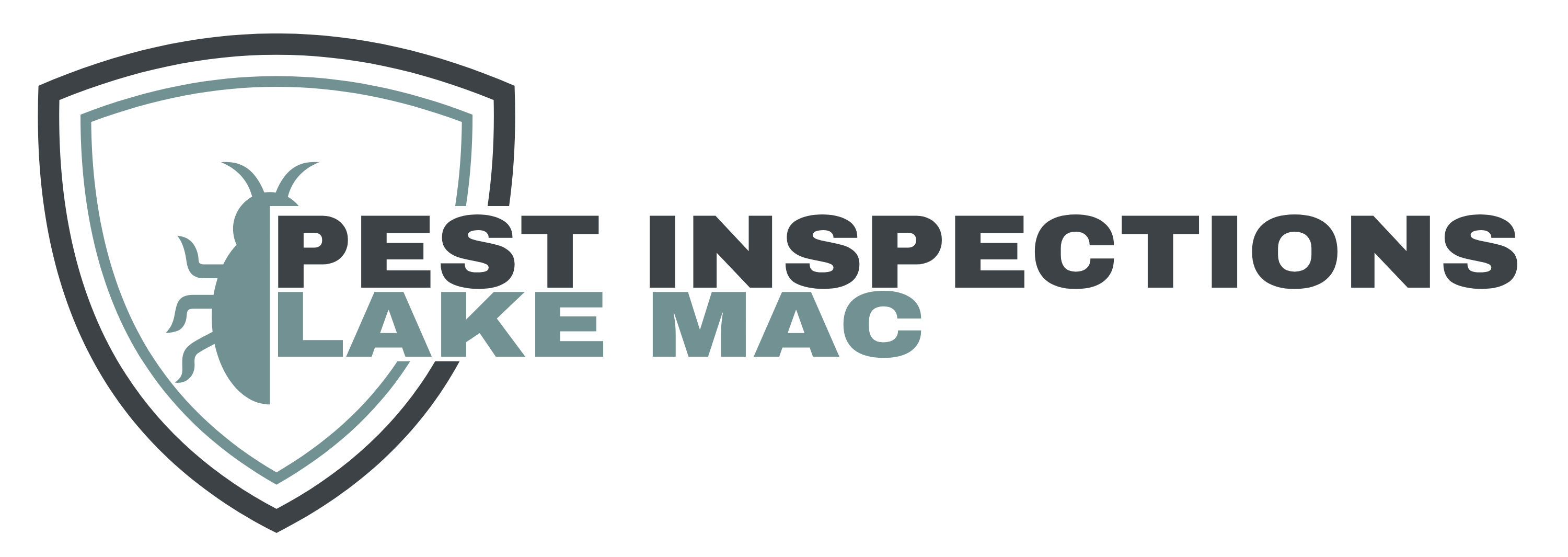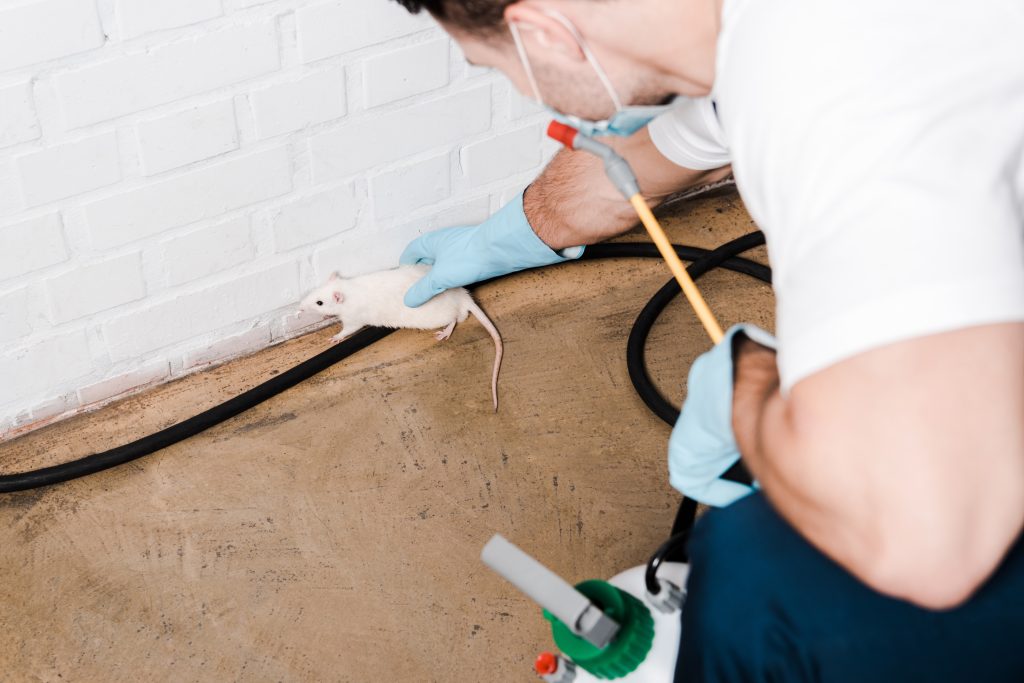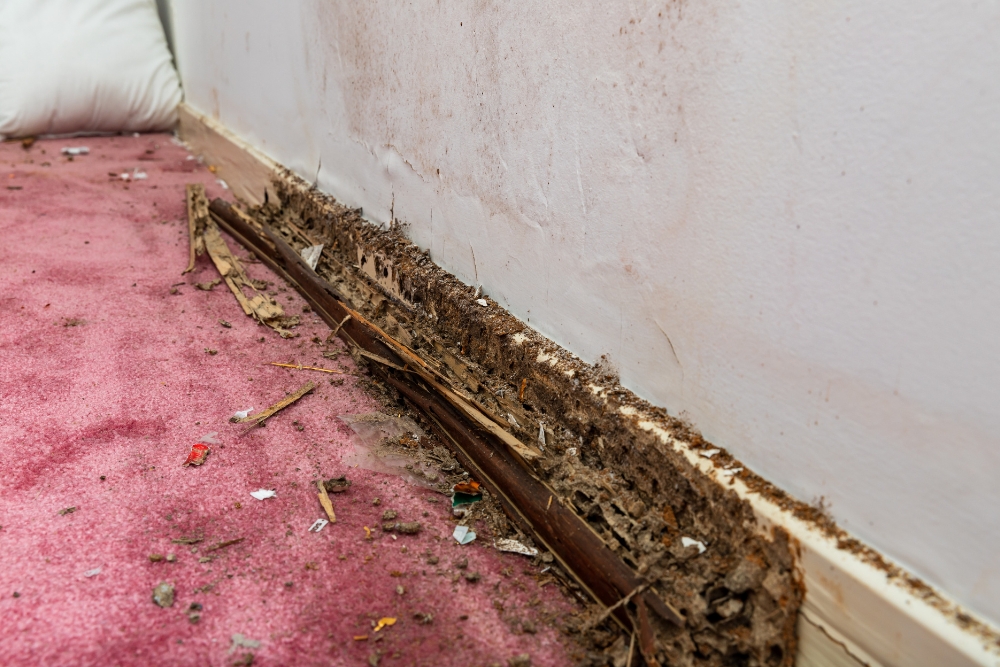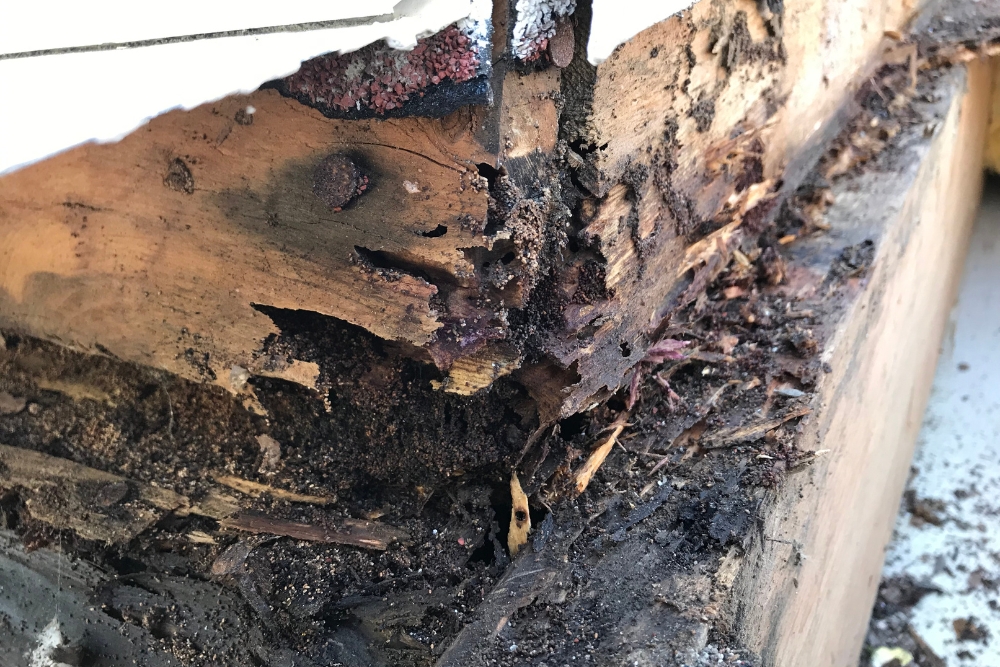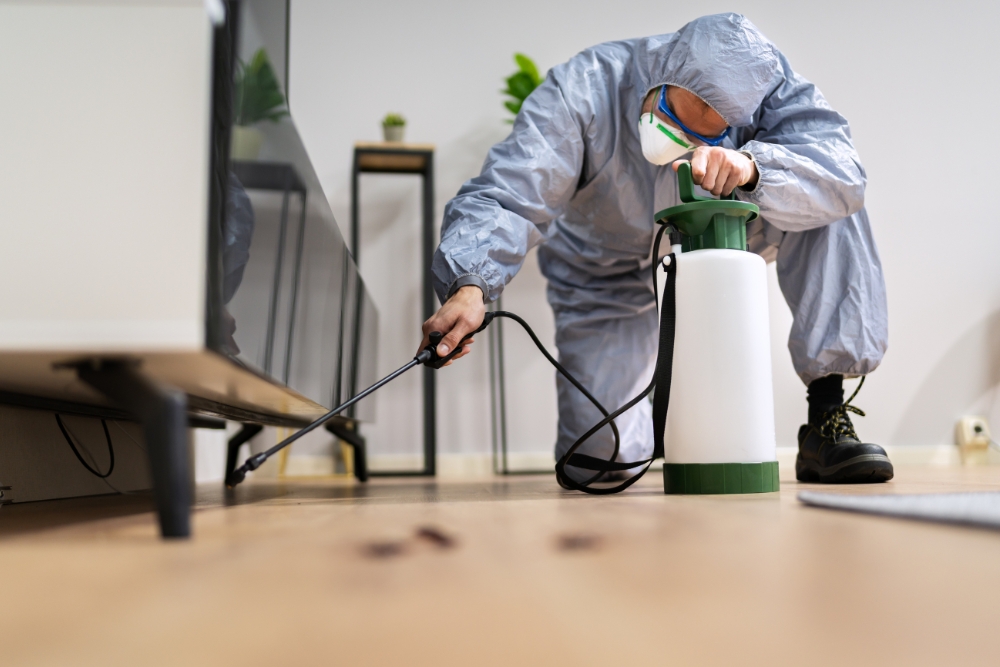When it comes to managing pests in your home, speed is of the essence. The quicker you can identify an infestation, the easier it is to prevent pests from spreading and causing more significant damage. Understanding the subtle signs of pest presence is crucial in taking swift, effective action. This article is designed to arm you with quick tips that will help you recognise these early warnings.
From the faint sounds of scurrying in the walls to unusual marks and disturbances in your pantry, each sign is a crucial indicator that should not be ignored. By staying vigilant and knowing what to look for, you can tackle pest problems before they escalate into a full-blown invasion.
Let’s dive into these essential tips to help you act fast and keep your home pest-free.
Key Takeaways
- Keep an eye out for early signs of pests like visible bugs, droppings, gnaw marks, and unusual smells to quickly deal with infestations.
- Regularly check your property for damage to wood or furniture as this can indicate a pest problem needing immediate attention.
- Use Integrated Pest Management (IPM) strategies combining biological, cultural, mechanical, and chemical methods for effective control without harming the environment.
- Make simple changes around your home such as fixing leaks and decluttering to make it less attractive to pests.
- Consult professionals for regular inspections and safe application of pesticides to protect your home and health from pest-related damages.
Why Early Detection is Key
Early detection of pest infestations is vital for preventing significant damage to property and safeguarding the health of homeowners. Pests such as termites, rodents, and mould can quickly undermine the structural integrity of a home, leading to extensive and expensive repairs if not addressed promptly.
Many pests carry diseases or exacerbate health issues like allergies and asthma, posing serious risks to occupants. By identifying and addressing these issues early, before pests have a chance to proliferate, homeowners can avoid not only the financial burden of repairs but also protect their health from the adverse effects of cohabiting with pests.
Therefore, routine inspections and immediate action upon the first signs of infestation are essential measures to maintain the safety and longevity of one’s home and well-being.
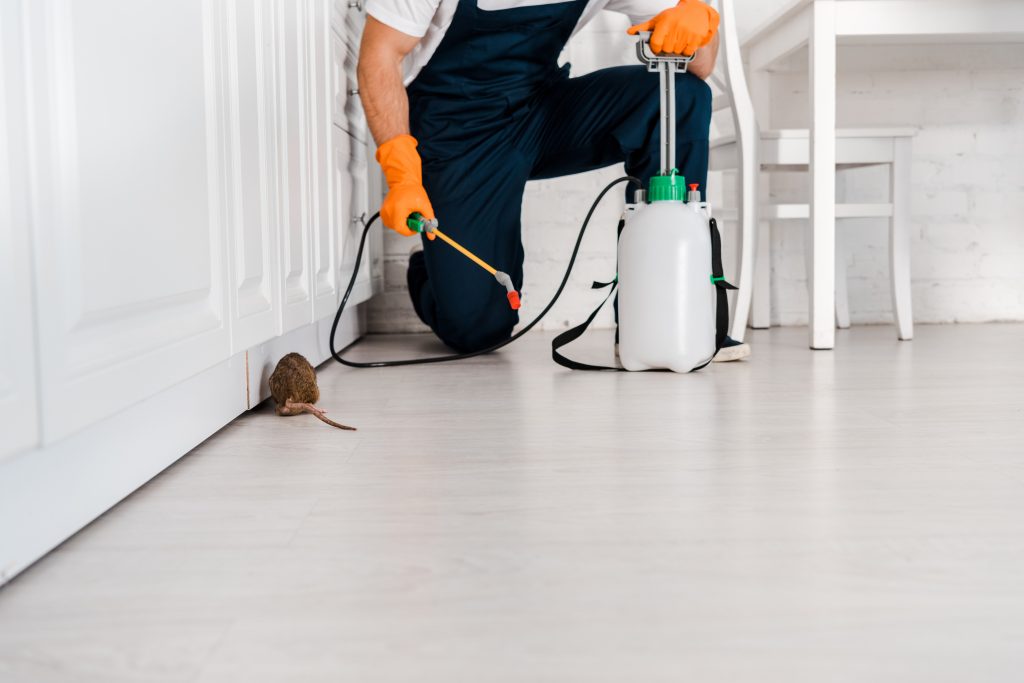
Potential damage to property
Pests pose a significant threat to our properties, rapidly causing damage that can be expensive to repair. Insects and rodents burrow into walls, gnaw through electrical wiring, and undermine the structural integrity of our homes.
Termites are notorious for eating away at wooden structures, often unnoticed until it’s too late. Quick action in pest detection is crucial to prevent these invaders from turning our investments into their playgrounds. A stitch in time saves nine applies perfectly to pest management; rapid identification and action can save Australian homes from severe damage.
Health risks
Pests pose significant health risks to homeowners and can impact the well-being of their families. Insects, rodents, and other pests can carry diseases that are harmful to humans, leading to potential health issues.
These include respiratory problems from pest droppings or allergic reactions triggered by bites or stings. Some pests can contaminate food sources, posing a risk of foodborne illnesses in homes.
As Building Inspectors and Pest Inspectors, we must be vigilant about identifying infestations early on to mitigate these health risks for Australian homeowners.
Inspectors play a critical role in protecting individuals’ health by swiftly spotting signs of infestation and implementing rapid pest management strategies using effective control methods such as Integrated Pest Management (IPM) or biological management.
Common Household Pests
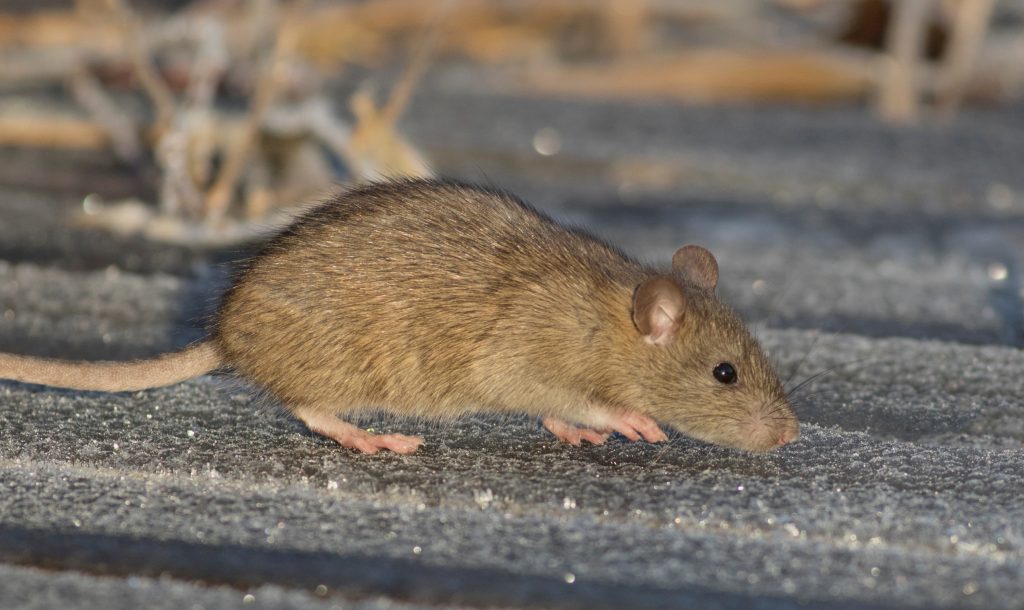
Insects, termites, and rodents rank among the most common household pests troubling Australian residences, each bringing its own set of challenges that can severely impact both property and health if not promptly controlled. Insects like cockroaches and ants can contaminate food and spread harmful bacteria, posing significant health risks.
Termites, on the other hand, are notorious for their ability to cause structural damage to homes by feeding on wood, potentially leading to costly repairs and undermining the integrity of a building.
Rodents, such as rats and mice, are equally destructive; they not only cause physical damage by chewing through materials but can also carry diseases that threaten human health. Therefore, recognising the signs of these pests early and taking decisive action to eradicate them is crucial to maintaining a safe and healthy home environment.
Insects
Insects can cause significant damage to your property if left unchecked. Regular pest surveillance is crucial for early detection. Look out for signs of insect infestation such as visible pests, droppings, gnaw marks, or musty odours in and around your property.
Pest prevention techniques are vital to swiftly identify and eradicate plant pests before they spread.
As homeowners and inspectors, rapid pest identification plays a key role in maintaining a healthy living environment while also safeguarding against potential agricultural pests. Now let’s explore effective pest control methods that can help us combat these pesky invaders.
Termites
Termites cause significant property damage and are a common pest in Australia. These insects devour wood, paper, and other cellulose materials, leading to structural issues if left unchecked.
To swiftly identify termites, inspect for mud tubes along walls or foundations, hollow-sounding wood, discarded termite wings near windows or doors, and frass (termite droppings). Actively monitoring these signs is crucial for early detection and prompt eradication using effective pest control measures.
Our team recommends regular professional inspections to detect termites before they become a rampant issue. This approach enables swift identification of any potential infestation in its early stages while ensuring rapid response through tailored eradication strategies.
Rodents
Rodents can cause extensive damage to homes and pose serious health risks. Look for visible signs such as gnaw marks, droppings, or shredded materials. Musty odours in hidden spaces could indicate a rodent infestation.
Pest inspectors can swiftly identify the issue by checking for holes or burrows around the property. Homeowners should act quickly to prevent further damage and potential health hazards. When addressing a rodent problem, swift eradication methods are essential to safeguard both property and well-being.
Identifying Signs of a Pest Infestation
When maintaining a pest-free environment, being vigilant for certain indicators is crucial. Visible pests scurrying around your space, droppings or gnaw marks, musty or foul odours, and damaged wood or furniture can all signal a potential infestation.
Such signs require swift attention to prevent pests from establishing themselves more extensively. Early detection allows homeowners or occupants to take immediate action—whether through DIY methods or by calling in professional pest control services—to mitigate the infestation before it causes more significant damage.
Therefore, regularly inspecting your living spaces for these symptoms is essential in maintaining the structural integrity of your property and ensuring the health of its inhabitants.
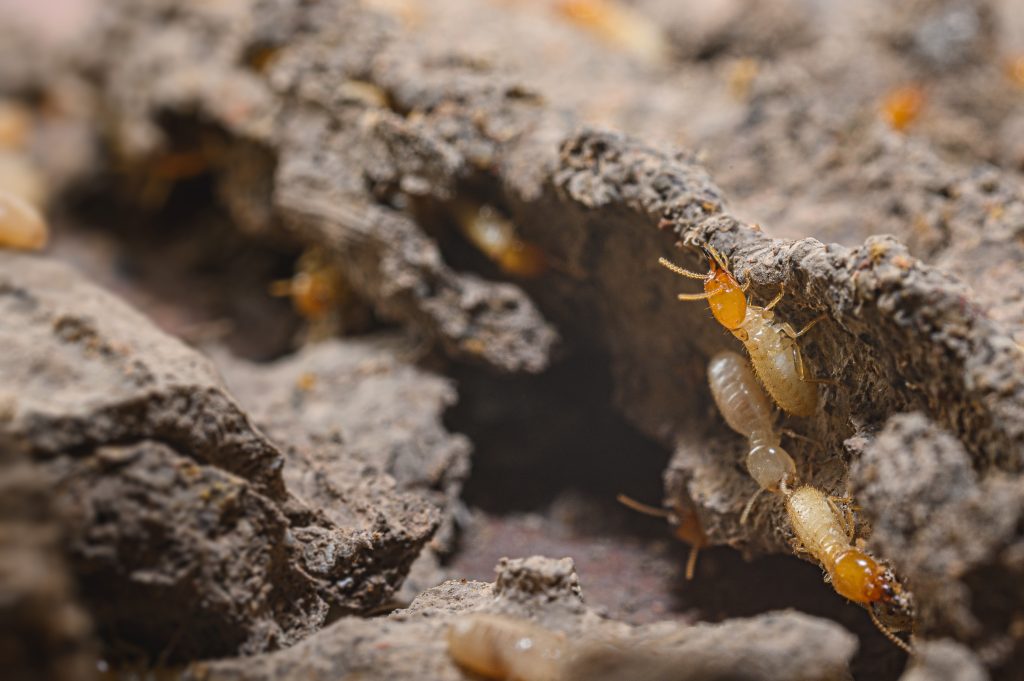
Identifying pests
When inspecting for pests around the home, we should be on the lookout for any visible signs of infestation. Keep an eye out for insects scurrying across surfaces or congregating in certain areas.
Termites may leave behind mud tubes, while rodents can often be seen darting around at night. Identifying these visible pests is crucial in taking swift action to prevent further damage.
To efficiently identify and eradicate pests, we need to act fast by recognising the presence of these creatures through their visual manifestations. By promptly identifying visible pests, homeowners, building inspectors, and pest inspectors can take rapid steps to address infestations before they become more extensive and challenging to resolve.
Droppings or gnaw marks
Inspect for droppings or gnaw marks around your property, as these are telltale signs of a pest infestation. Look out for small, dark pellets which could indicate the presence of rodents or other pests.
Gnaw marks on wood, plastic, electrical wiring, and furniture could signal a potential pest problem that needs immediate attention. Rapid detection and swift identification of such evidence is vital in implementing fast pest prevention strategies to avoid further damage or spread.
Pest inspectors know that droppings and gnaw marks are crucial indicators to consider during pest inspection. These signs may seem insignificant at first glance but can quickly escalate into severe infestations if not addressed promptly.
Musty or foul odours
Upon detecting musty or foul odours in your living space, swift action is pivotal. These unpleasant smells can be a telltale sign of pest infestation. Addressing the source promptly can prevent further spread and minimise potential property damage.
As homeowners, being alert to these odours and taking quick action is crucial for maintaining a healthy environment within our homes. Building inspectors and pest inspectors alike should actively monitor for these odours as an initial sign of potential infestation during their inspections, acting swiftly to identify and eradicate pests before they become a larger issue.
A proactive stance towards dealing with musty or foul odours ensures that we act fast in identifying pests before they spread. This approach aligns with biosecurity measures, enabling us to intervene early and safeguard against the incursion of exotic pests into our homes.
Damaged wood or furniture
Inspect for telltale signs like small holes, sawdust-like material (frass), or hollow sounds when tapping. Pests can cause structural damage, weakening wood and furniture over time.
Seek professional guidance promptly to halt further deterioration and prevent spread to other areas of the property. Regular inspections are crucial for early detection and mitigation to avoid costly repairs in the future.
Look out for evidence such as chew marks, discoloured patches, or sagging surfaces on wooden items, as these may indicate a pest infestation. If you notice any abnormalities, act swiftly to address the issue before it escalates.
Effective Strategies for Eradicating Pests
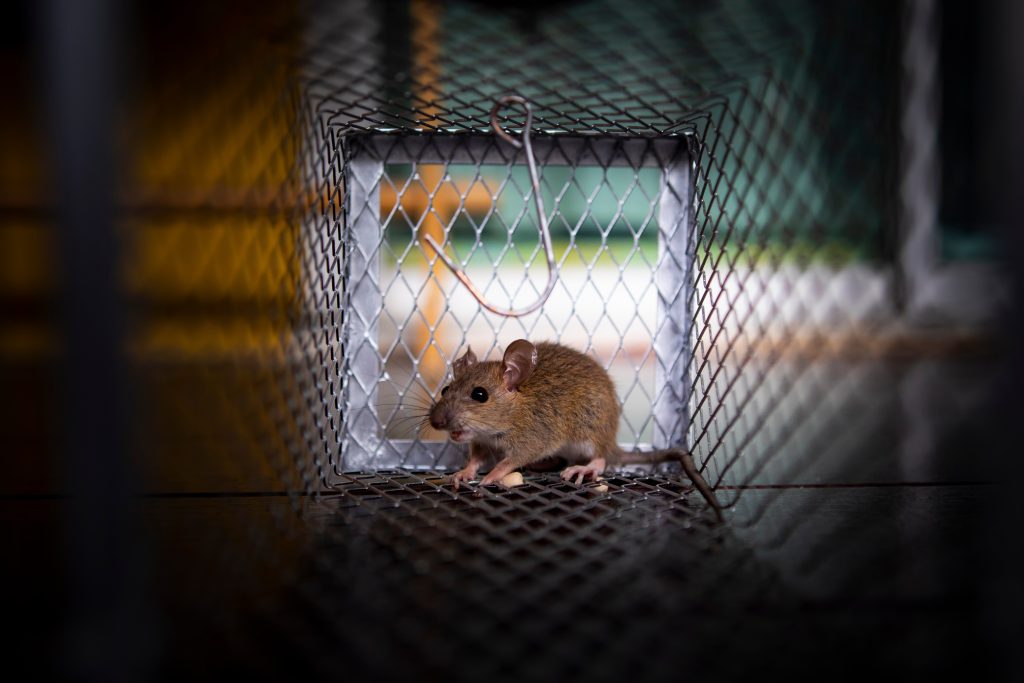
To eradicate pests effectively, we employ Integrated Pest Management (IPM) strategies that are specifically tailored to address each unique pest issue encountered. This comprehensive approach ensures that all facets of pest control are considered, creating a more effective and sustainable solution.
Our strategy includes Cultural Management, which alters the environment to be less hospitable to pests; Mechanical Management, which uses physical means to remove or block pests; Biological Management, which introduces natural predators into the environment; and Chemical Management, which, while used sparingly, involves the cautious application of pesticides when necessary.
By integrating these diverse methods, we can tackle pest problems from multiple angles, drastically reducing the likelihood of pest resistance and recurrence. This holistic approach not only addresses current infestations but also lays the groundwork for long-term prevention, safeguarding your property and health effectively.
Integrated Pest Management (IPM)
Integrated Pest Management (IPM) involves a strategic approach to controlling pests using multiple methods. We combine biological, cultural, mechanical, and chemical management techniques to effectively eradicate pests from our homes and properties.
IPM is about swift recognition and quick response, ensuring fast identification of potential threats like insects, termites, or rodents before they spread. This proactive strategy not only minimises property damage but also reduces health risks associated with pest infestations.
By implementing Integrated Pest Management (IPM), we can monitor agriculture pests closely and take fast action when necessary. This tailored approach underpins our commitment to swift pest identification and eradication.
Cultural Management
Cultural management involves making changes to the environment to discourage pests. By removing food sources, moisture, and hiding places, we can make our properties less appealing to pests.
For instance, regularly cleaning up food crumbs and spills, fixing leaky pipes and faucets promptly, and decluttering storage areas are effective cultural management tactics. Maintaining a tidy yard by trimming vegetation away from buildings can deter pests from entering our homes.
Moreover, adopting proper waste management practices such as using sealed garbage bins and disposing of trash regularly helps in preventing pest infestations. Cultural management plays a crucial role in reducing the reliance on chemical pesticides and promoting a healthier living environment for everyone.
Mechanical Management
In mechanical management, we focus on physical methods to control and eradicate pests. This includes using traps, barriers, and exclusion practices to prevent pests from entering buildings or infesting homes.
By implementing these strategies alongside other pest management techniques, such as removing food sources and maintaining clean surroundings, we can effectively minimise the presence of pests without solely relying on chemicals.
These proactive measures not only provide immediate relief but also contribute positively to the overall environmental impact of pest control.
Mechanical management offers an alternative approach that aligns with sustainable and eco-friendly practices. It enables us to address pest issues while reducing our reliance on pesticides that may be harmful to the environment or pose health risks to occupants.
Biological Management
Biological management involves using natural predators, parasites, and pathogens to control pests. This method harnesses the power of nature to maintain a balance in the ecosystem and prevent pest outbreaks.
By introducing beneficial organisms or manipulating the environment to favour natural enemies of pests, homeowners can effectively reduce pest populations without resorting to chemical treatments.
This approach is environmentally friendly and sustainable, providing a long-term solution for managing pest infestations.
Chemical Management
Chemical Management plays a crucial role in pest eradication. It involves using pesticides to eliminate pests effectively. We understand that safety is a top priority for homeowners, building inspectors, and pest inspectors.
Therefore, it’s vital to use these chemicals cautiously and according to the manufacturer’s instructions. Always consider consulting professionals before applying any chemical treatments.
Ensure that you store pesticides in their original containers and keep them out of reach of children and pets. Regularly check for any leaks or damages in the containers to prevent accidental exposure.
Call Us!
We’ve delved into the critical importance of early pest detection through professional services in safeguarding both property and health. Our discussion highlighted common household pests such as insects, termites, and rodents, which pose significant threats.
Recognising signs of infestation like visible pests, droppings, or gnaw marks, musty odours, and damaged wood is crucial, and professional services can help in accurately identifying these indicators for timely interventions.
We also discussed how effective strategies, particularly Integrated Pest Management (IPM) offered by professional services, are not only practical but efficient in swiftly eradicating pests. The emphasis on how these approaches can dramatically improve living conditions highlights the significance of opting for professional pest control services.
Now, we encourage you to take proactive steps by utilising professional pest management services to identify and address potential pest issues promptly, ensuring your environment remains healthy and secure.
